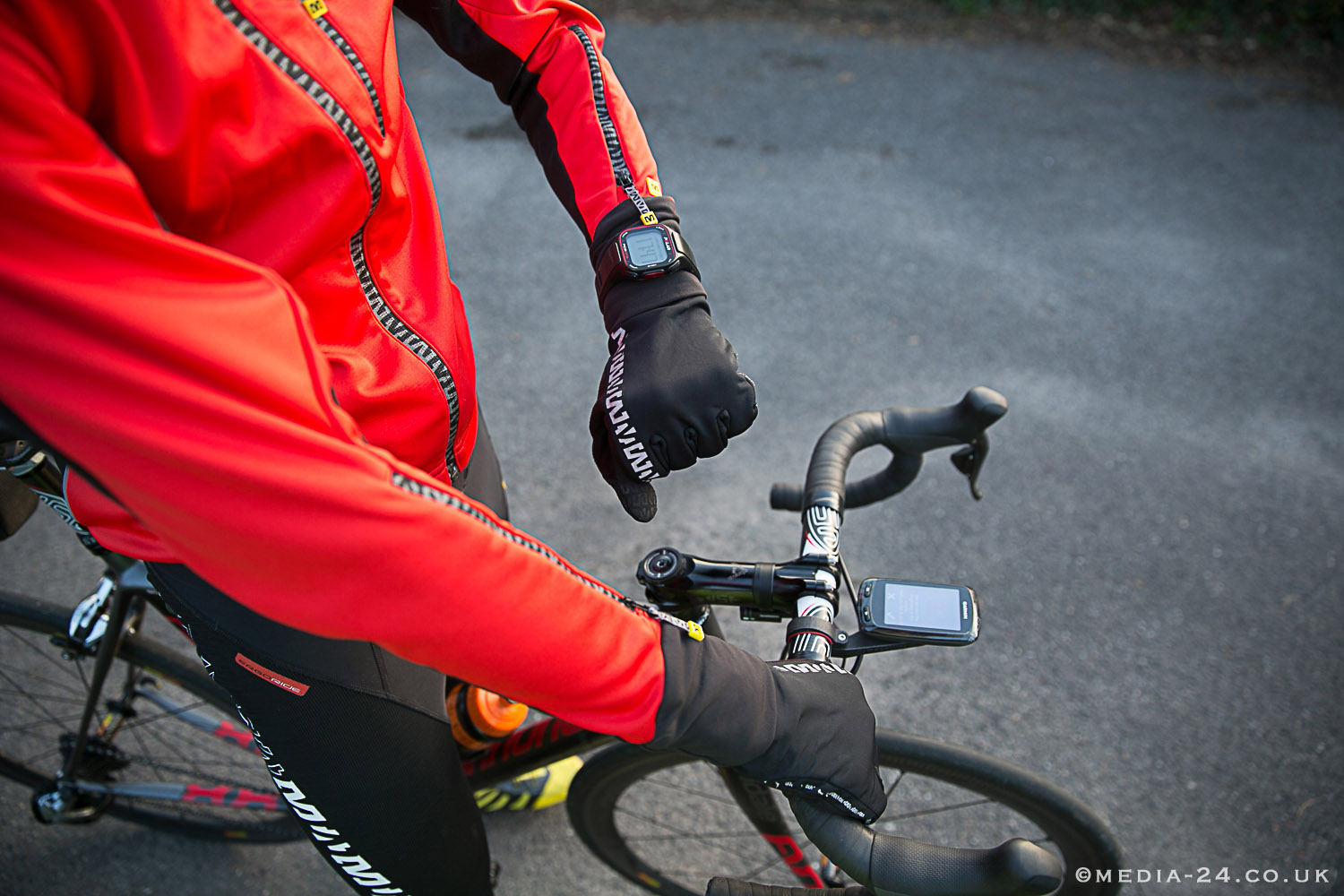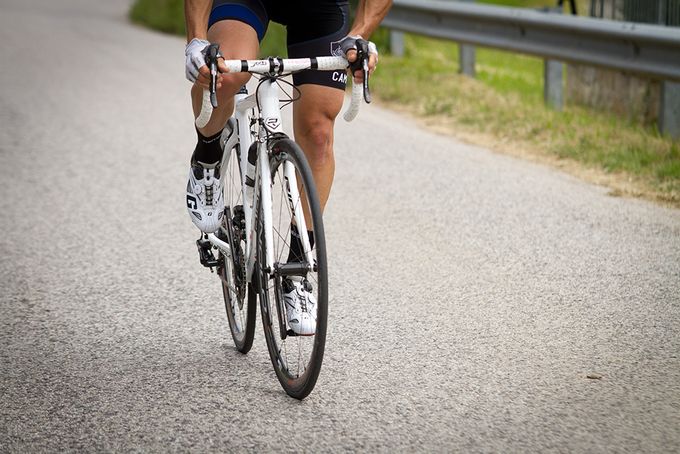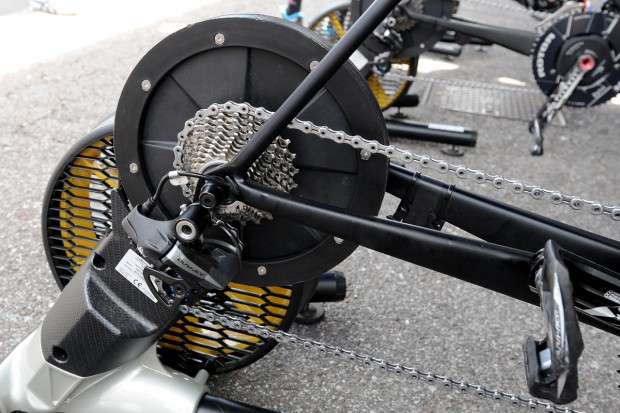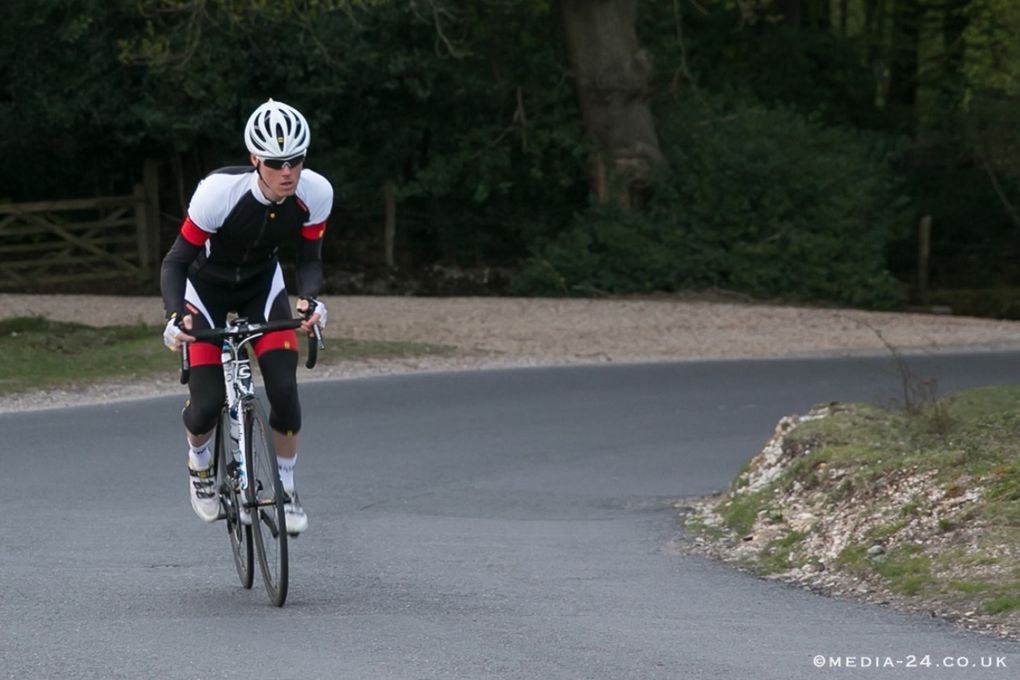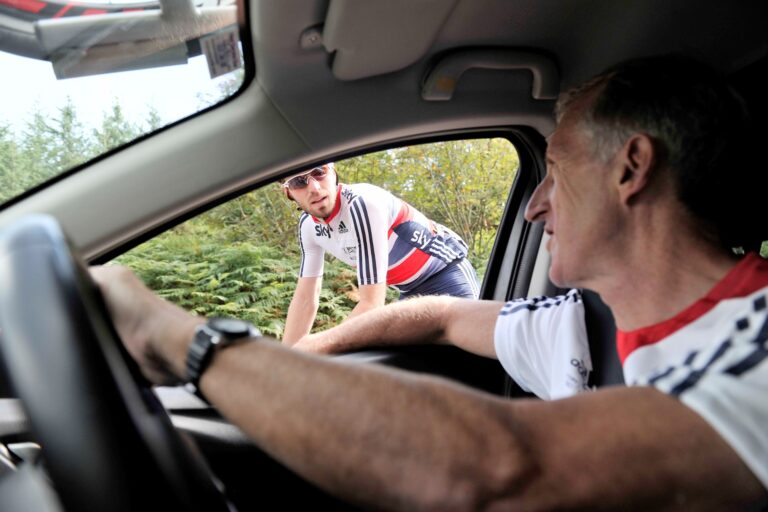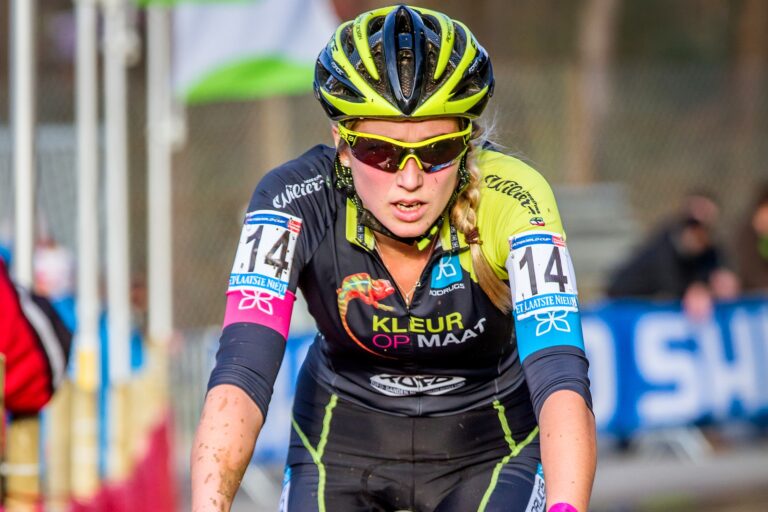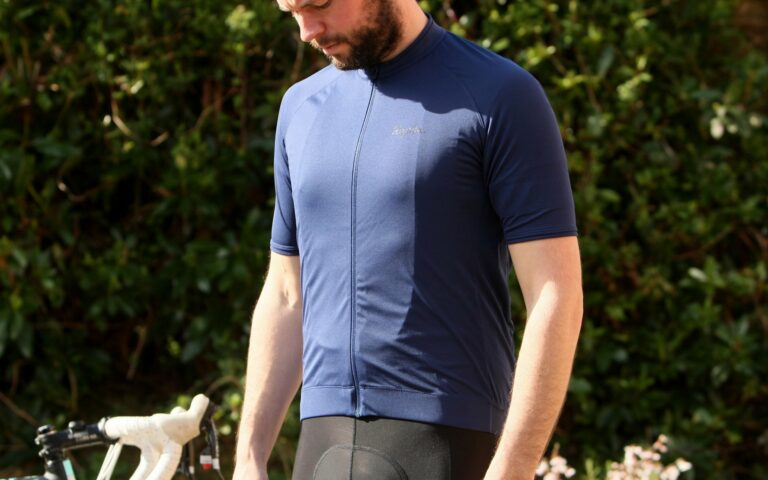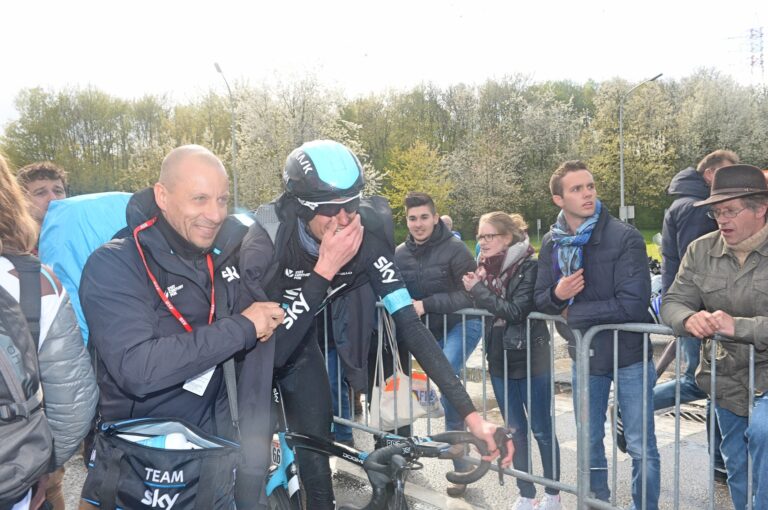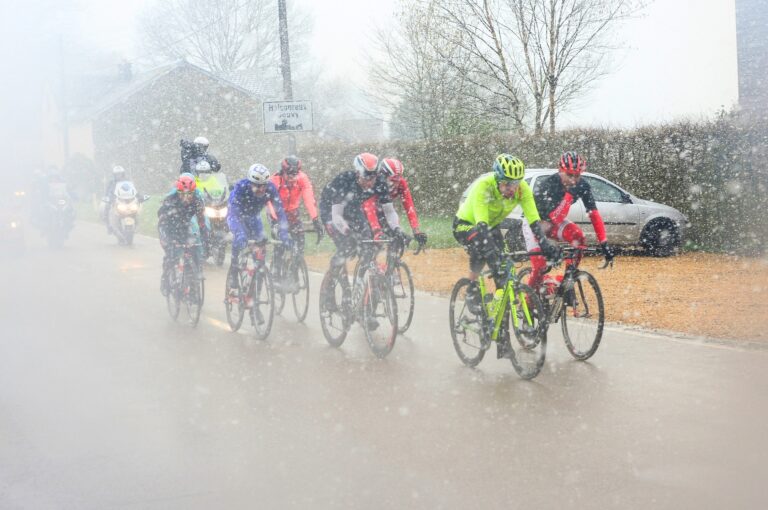As cyclists, most of us have lots of demands on our time which can impact how often, and for how long, we can get out on the bike; juggling our careers, family and social lives.
Therefore, if you’re training for a sportive or embarking on a season of racing, it’s important to ensure that when you jump on the bike, you are getting the most of each season, regardless of how long you have.
And that’s the trick – you don’t need hours and hours in the saddle to get quick, and there are sessions which you can squeeze into as little as 15 minutes.
With that in mind, here are five sessions for the time-crunched cyclist, covering 15 minutes, 30 minutes, an hour, two hours and four hours, which will ensure you’re getting the most out of each ride, be it a short commute into work or a four hour ride with friends.
Throughout I’ll refer to your training zones as this ensures you’re working at the correct intensity – particularly important if you’re short of time and want to get the most from your ride. Find out more about your training zones in this article.


